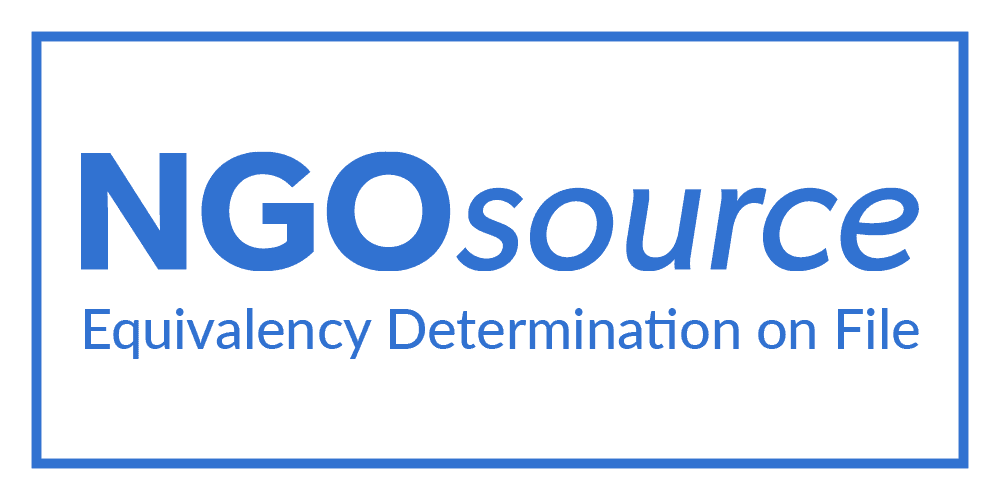Diagnostic study of the Zambian payments system
Diagnostic study of the Zambian payments system
15 November, 2019 •This diagnostic study explores Zambia’s payments landscape and provides insight and key learnings as Zambia’s 2018 – 2022 payment strategy to modernise the payment system and promote a cash-light society
This report outlines salient features of the Zambian economic context and political economy with a bearing on the National Payment System. It provides a breakdown of the different elements of the current payment system, including the range and prevalence of instruments, the provider landscape and payments infrastructure.
This research diagnostic uses a multi-faceted approach. The information and analysis contained in this diagnostic are based mainly on primary research conducted in the compilation of MAP Zambia [1] desktop research, industry consultation and stakeholder interviews. The resultant information was synthesised and developed into a diagnostic for Zambia.
The structure of this report is as follows:
- Section 2 contains an overview of the Zambian context and a discussion on the economic, political and infrastructural landscape of the economy.
- Section 3 explores the payments usage and provider landscape. This section discusses the availability and adoption of different payment instruments. Furthermore, this section lays out the payment service provider landscape and their regulation in the Zambian context and lists barriers that limit payment services provision in Zambia.
- Section 4 examines the payment infrastructure of Zambia and its building blocks. This section also contains a discussion of Zambia’s National Payment Systems and the Regional Payment Systems that Zambia is integrated with.
The diagnostic concludes with a brief synthesis of key learnings and insights that have emerged from the diagnostic of the payment systems of Zambia. The report finds that despite the challenges, the combination of context drivers, market parameters and payments infrastructure in Zambia creates a favourable climate for payments digitisation. The findings suggest that mobile money – and the effective integration thereof into the payment system – will remain the primary way to overcome distance and physical infrastructure barriers. On the surface, the political will, the basic regulatory architecture, market buy-in and payments infrastructure are already in place to do so. Consumer interest and trust in digital payments is also rising.
Read the diagnostic study of the Zambian payments system.
[1] MAP Zambia explored a number of important data sources, including the 2009 and 2015 FinScope surveys, a geospatial mapping exercise, financial diaries, industry reported data from the central bank and interviews with regulators, financial service providers, and consumers throughout Zambia, to find out what their needs, concerns and challenges are in providing or using formal and informal financial services.
This work forms part of the Risk, Remittances and Integrity programme, a partnership between FSD Africa and Cenfri.
